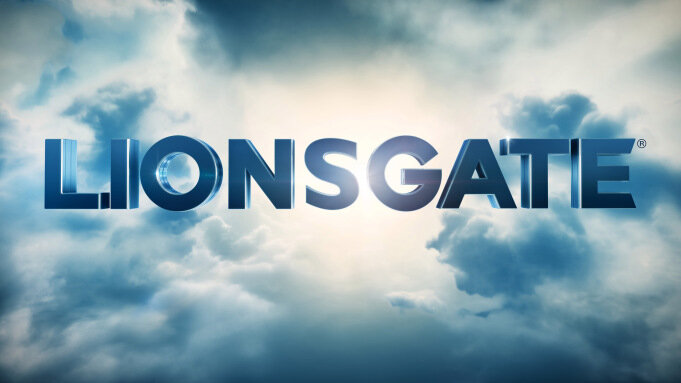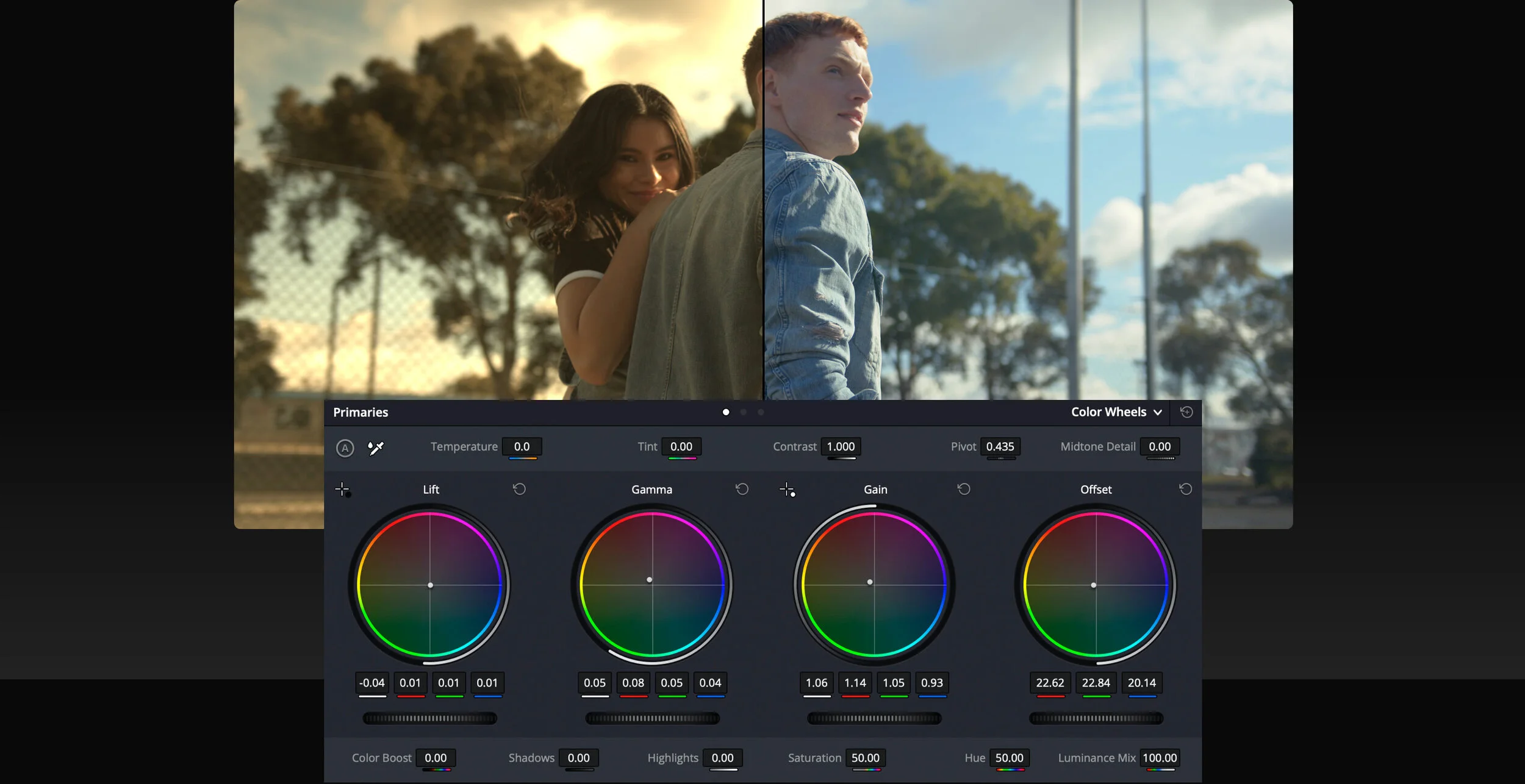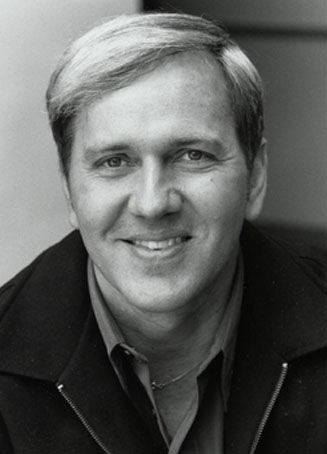SOLUTION
Colour of the wall - 18% GREY / SP50
Professional color grading rooms require careful attention in order to ensure colors are perceived accurately. SP-50 paint is carefully formulated to match modern color grading monitor performance and, therefore, optimize viewing conditions.
A typical setup will consist of painting the wall behind the monitors with SP-50. An ideal configuration will have all walls painted with calibrated paint. The ceiling can be non-reflective black or SP-50.
Why should you use it?
- Achieve an accurate color grading environment
- Calibrated monitors match from room to room
- Clients value a room built around SP-50
- Turns a normal room into a professional grading environment
- A small investment with great results
- Top facilities around the world build rooms this way
- Increase the value of your services
- Create a better working environment
Here are three options for building your room:
Good
- Wall behind monitors is painted with SP-50
- Ceiling is painted black or a really dark gray
- Other walls are painted white
- One SLS-01 light installed close to the ground and washing softly on the wall
- No other light sources, internal or external (windows)
Better
- Wall behind monitors is painted with SP-50
- Walls to the left and right of the console are painted with SP-50
- Back wall painted white
- Ceiling is painted black or a really dark gray
- Two SLS-01 lights installed approximately two meters apart, close to the ground and washing softly on the wall
- No other light sources, internal or external (windows)
Best
- All walls painted with SP-50
- Ceiling is painted black
- Two SLS-01 lights installed approximately two meters apart, close to the ground and washing softly on the wall
- No other light sources, internal or external (windows)
























